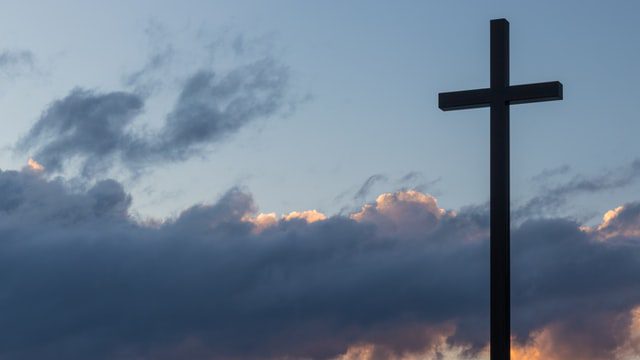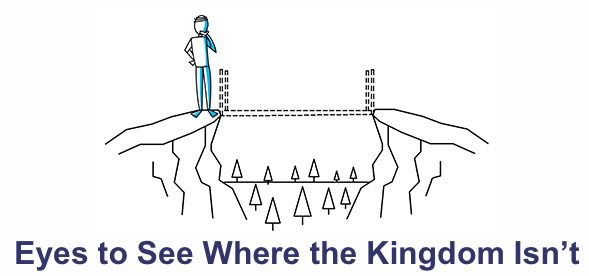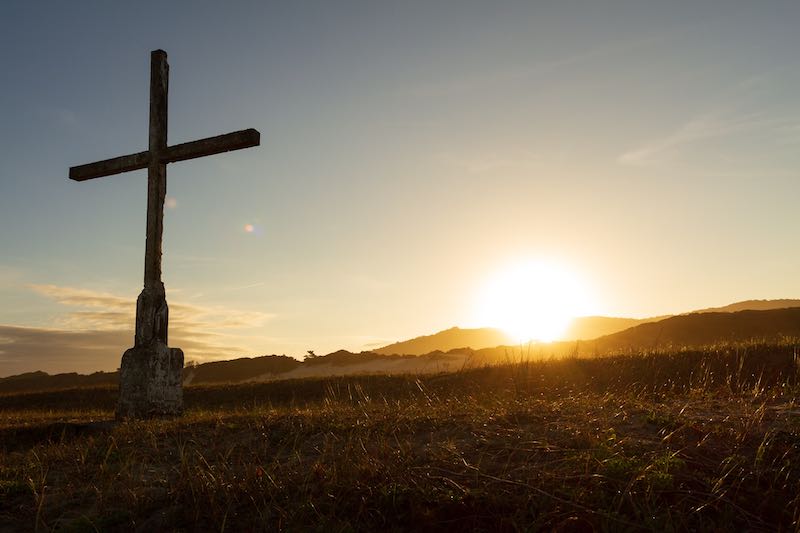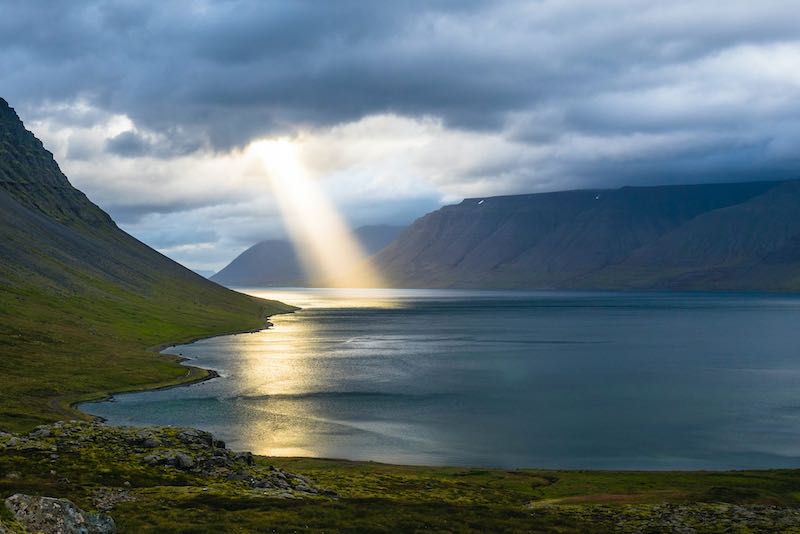On Friday, I talked with one of my teammates about a conversation for this coming Monday. We typically meet on Monday afternoon to talk about our strategy and plan for the week, although given some recent changes with our team, we have taken some time to talk at a little higher level than normal, attempting to think more strategically rather than tactically so that we can consider where we want to go as a team.
As a team, we have defined our goal that we want to catalyze a discipleship and church planting movement among immigrants to the fourth generation. This means that we want to see disciples making disciples and churches planting churches four generations deep, starting with us at Generation 0.
So the two questions are these:
- What do we believe needs to happen to see a discipleship and church planting movement started here?
- What are the impediments that we have seen so far to catalyzing a movement?
I’m going to take a stab at these from my perspective here in this post…
What needs to happen?
I think there are a few elements that we need to make sure are in place to see a movement start:
Vision
First, I think that there is a great need for vision. I like how Zume Training says this when it says that we need to see where the Kingdom of God is not currently reigning and begin to work in these areas. Here is that page with a video that explains this concept:
As people attempting to catalyze a movement, we need to communicate and help people understand the urgency to see where the Kingdom is not and move into those places with the good news of the Gospel. Without a heart to see the lost saved, we won’t go anywhere.
Dependency on Jesus and the Holy Spirit
As a community, we must live dependent upon the Holy Spirit to give the fruit for the work that we are doing. We have been working long enough now to know that, if God is not leading the work in the area that we are hoping to see fruit, it will simply not happen. We can work and work but we will labor in vain and no fruit will come.
But there is good news in that Jesus said that we must abide in him, and if we will do that, then the fruit will come. If we will listen to what he is saying – if we will stay connected to what he is doing, then we will produce fruit. Jesus said:
“I am the vine; you are the branches. If you remain in me and I in you, you will bear much fruit; apart from me you can do nothing. If you do not remain in me, you are like a branch that is thrown away and withers; such branches are picked up, thrown into the fire and burned. If you remain in me and my words remain in you, ask whatever you wish, and it will be done for you. This is to my Father’s glory, that you bear much fruit, showing yourselves to be my disciples.
John 15:5-8
Practically speaking, I think that this means spending time in the Word of God to understand God and what he wants to have happen. We have a great advantage in that God decided to tell us many things already through his Word, so we need to be reading it consistently to allow him and his thoughts to be soaking into us and our thoughts.
I think it also means spending time in prayer, asking God what he wants to happen and asking him to work in each of the areas where we are hoping to see fruit. Jesus taught us to pray, asking God for his Kingdom to come and his will to be done here on earth as it is being done in heaven. We can assume that God’s will is being done on heaven, but we also assume that it is not yet being done here in earth. This is what we are praying to happen.
And finally, I think it means that we need to foster a culture in a community of people that are doing the same. Individually and as a community, we must be connected to the vine so that we will be branches that produce fruit.
Community
In each of the items under what is needed, a community of people is implied, but I wanted to explicitly state it here. If we are going to see a movement, we must have a community of people to work along with us. I don’t necessarily assume that everyone in the community will do everything that we are hoping that they will do. Neither do I assume that they all will become fully-developed disciples of Jesus. But if the community doesn’t exist, we won’t be able to call the people to be part of the disciple-making and church planting movement that we hope to see catalyzed.
There may be a few ways that we could connect with community. We could consider developing a community. That is, we could create something, or continue to grow something like we already have been doing with the bike shop or the community garden, or possibly creating a business that could be used as part of the missional work. This would mean that we need to grow that community to such an extent that it becomes a hive of activity around which people will enter and exit.
A second option could be that we enter into an existing community. In some ways, we have already done this with our churches. These are existing communities that we have entered. However, these communities do not necessarily have yet the refugees and immigrants that we are hoping to reach within them so the efforts to date of entering community may not be fully sufficient for reaching the immigrants.
A third option that I can think of is to create a hub, a community of communities, if you will. We attempt to tie together various activities to essentially be, in a sense, a clearinghouse of various activities that people can join to serve and that we can offer to others to receive assistance through the services offered.
Community of Practice
We want to be a community that:
- Looks for the places where the Kingdom of God does not yet exist
- Prays for non-believers and depends on the Holy Spirit to bear fruit
- Shares the Gospel with non-believers
- Makes mature disciples of Jesus
- Starts new churches
- Raises up new leaders who will teach others to do each of the above
If we want to do these things, then we need to be people who will take action upon what we believe. We must make disciples who will make disciples, and we must start churches amongst them that will start new churches.
As a part of doing this work, we must have a defined set of tools that we teach along with a way that we do church. We need to be able to define what we mean when we say specific words like “church” and “disciple” because these words have consequences in what we are trying to see created.
Local Leadership
The leadership of the work must be or quickly become local. Instead of being dependent upon us to be the lead disciple-makers or in leading a church, we want to be consistently training others to lead.
When we say “local”, we mean that in a few ways. We do, of course, refer to the geography, but we also are referring to the languages and cultures of the people that we are trying to reach. If we want to reach Group X, then we need to find someone from Group X who speaks their language and knows their culture to find persons of peace, share the Gospel, and make disciples within Group X. In this way, the leadership must be local so that it can be continually reproduced within the context of the culture and language where we hope to see the Gospel reach.
Impediments to a movement
In our situation, we have run into a few impediments to a movement taking root. Here are a few that I can list so far that have created challenges in seeing our work go forward.
- Preconceived ideas – Attempting partnership with people from other places and other backgrounds, and then describing ideas of a reproducing disciple or a reproducing church, is often met with resistance simply because of preconceived ideas. Just recently, as we read the Bible with a man from Nigeria, we saw that he was immediately taken aback with the idea that God has called us to be his messengers of God’s salvation. This was a result of the fact that this man believed that to be a messenger meant that you needed to be a preacher on TV, reaching thousands, or even millions, of people at once. He couldn’t imagine that this was something that he was supposed to do. As I explained that he was right – that this wasn’t necessarily what he was called to do – he still continued to struggle with the concept, being unable to let go of his preconceived idea of what it means to be a disciple and make a disciple.
- Finances – This is an impediment primarily because of the fact that there isn’t work nor opportunity for most of the people that we work with. The theory for movements says that money shouldn’t enter the equation in discussion for workers, and generally I would agree with this. But that also seems to assume that there is some opportunity for work to make money and live in another way. This is a situation that we may likely need to find creative solutions to work around in our situation specifically.
- Reliability – Finding people who are reliable enough to show up within a certain time period, or at all, has been an impediment toward seeing growth toward movement to date. We will need to continue to search to find the people who will have a burning desire to see the discipleship and church planting work go forward enough such that they would be willing to show up to study the Word of God or pray in the same way that they might if someone were offering them a sum of money.






